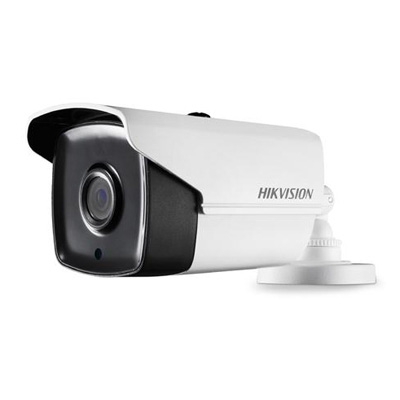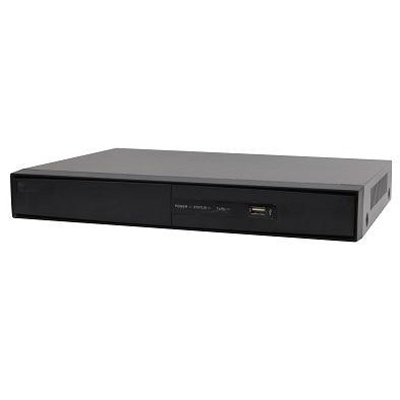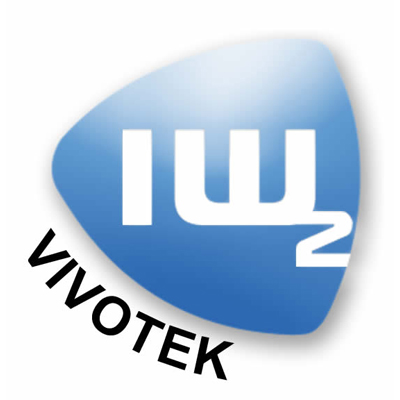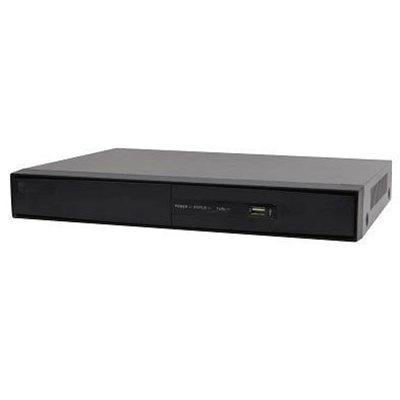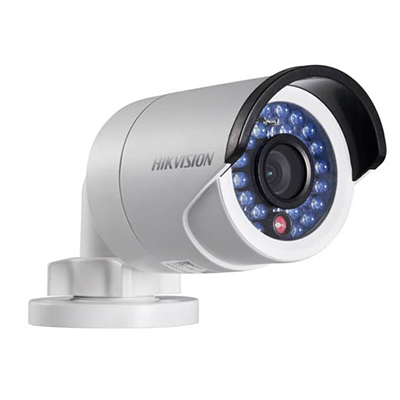Pico640E is a high-resolution (more than 300,000 pixels) IR imaging sensor that comes in a small footprint (24.13 x 24.13 x 5.57mm). In tests, it has demonstrated a high response speed with a thermal time constant of 8.8 ms and a thermal resolution less than 45 mK. This translates into a uniform pixel factor of merit (400 mK.ms), meaning Pico640E compares very favourably with other IR products in its category. The versatility of its high-quality, compact design means that it can perform long-range detection up to approximately 2km, depending on the target, as well as detect fast-moving objects. These performance advantages make Pico640E well adapted for military applications, as well as thermography, predictive maintenance and 24/7 camera surveillance.
"With its high resolution, lag-free images and compactness, we are excited by the opportunities Pico640E will create for ULIS in infrared markets, particularly for handheld goggles and ground vehicle situational awareness," said Jean-François Delepau, managing director at ULIS. "Pico640E is the latest addition to ULIS' series of 17-micron IR microbolometers that are leading the market in large format, small-pixel pitch IR imaging sensors. Customers will be pleased with the excellent factor of merit Pico640E exhibits, as well as the product's other advantages, such as performance uniformity."
IR specialists use thermal sensitivity and thermal time constant measurements to calculate the factor of merit in IR microbolometers. Thermal sensitivity or NETD (Noise Equivalent Temperature Difference) shows how well pixels convert input signals (IR light/thermal radiation) into voltage in proportion to the thermal radiation emitted by an object: the higher the thermal sensitivity, the better the image. Thermal time constant refers to the speed at which pixels respond to input signals. For IR microbolometers, a low thermal time constant enables lag-free images.
"The factor of merit indicates the optimum performance between thermal sensivity and sensor speed. Because of the see-saw effect between the two performance measures, when we increase thermal sensitivity the result is a decrease in the speed of the sensor. Pico640E actively optimises the performances of these two parameters to bring better quality imaging to customers," added Delepau.
The performance Pico640E achieves is also a plus for image-fusion applications, which use both visible and IR images. Visible sensors have a much faster response rate than IR sensors, so there is often a time lag between visible and IR images when the camera is panning. Due to Pico640E's fast response rate, it minimises the delay between visible and IR images when they are superimposed, thereby improving overall image quality.
ULIS will display Pico640E at booth Number 503 during the SPIE Defense and Security exhibition in Orlando, FL, April 26 - 28.







